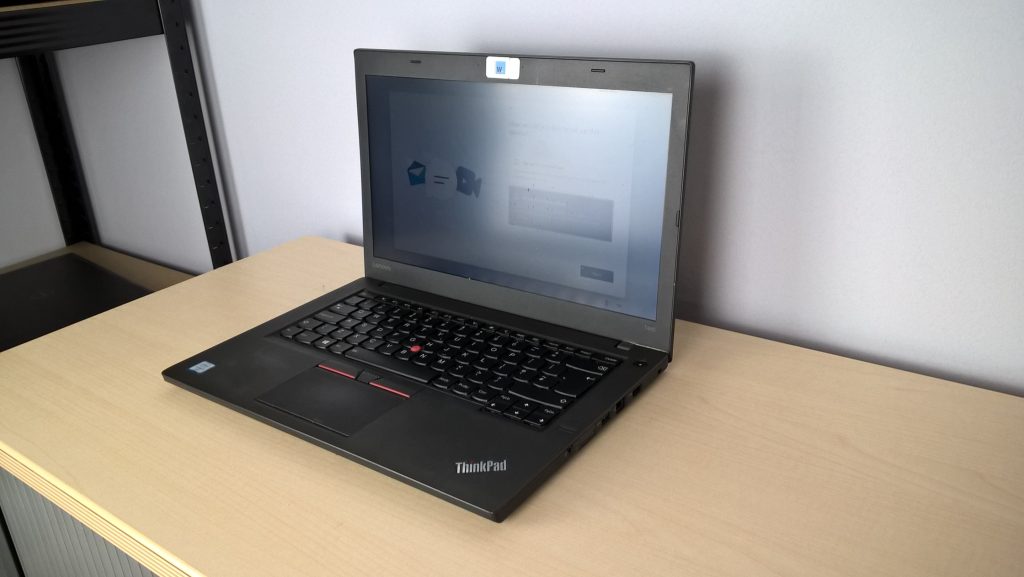Title: How to Access an Old Hard Drive: A Guide for Beginners
Are you intrigued by the possibility of uncovering hidden files on an old hard drive you found stored away? You’re not alone! Many people discover vintage technology when clearing out family belongings, sparking curiosity about the data it may hold. Recently, a user on Reddit sought help after finding an outdated hard drive at their grandmother’s house, and it sparked a discussion about the necessary cables and steps to retrieve the data.
If you’re in a similar situation and are eager to explore the contents of an old hard drive, you might be wondering what type of cable you need to connect it to your computer. Here’s a brief guide to help you get started.
Identifying the Type of Drive
First, determine the type of hard drive in your possession. Older hard drives typically come in either IDE (also known as PATA) or SATA formats. The physical connectors are quite different, so it’s crucial to identify which one you have.
- IDE Drives: These have a wide, flat connector and usually require a power connector as well.
- SATA Drives: These feature a more compact connector and a simpler power connection.
The Right Cables
Once you’ve identified the type of drive, you’ll need the appropriate cables:
-
For IDE Drives: Look for an IDE to USB adapter, which will allow you to connect the drive to your computer via USB. You’ll also need a separate power supply to run the drive.
-
For SATA Drives: A SATA to USB adapter is essential. This cable will typically come with a power connector, eliminating the need for additional hardware.
Using an Enclosure
Another option to consider is purchasing an external hard drive enclosure. These devices can house your old hard drive, making it easy to connect to your computer via USB. This method also provides protection for your drive while giving you the added benefit of portability.
Connecting and Accessing Your Data
Once you have the right cables or enclosure, connect the hard drive to your computer. If everything is set up correctly, your operating system should recognize the drive, allowing you to explore its contents. Be patient; depending on the drive’s age, it may take some time to get it running smoothly.
Final Thoughts
Digging through old drives can lead to discovering cherished memories, long-forgotten photos, or important documents. If you’ve found a drive like the one described
Share this content:




If you’re trying to retrieve data from an older hard drive and are unsure about the type of cable you need, the first step is to identify whether your drive is IDE (PATA) or SATA. You can do this by inspecting the connectors:
Once you’ve identified the drive type, you can purchase the appropriate adapter:
Using these adapters, you’ll be able to connect the old drive directly to your computer via USB, making data retrieval straightforward and efficient. Always ensure the power supply matches the drive requirements to avoid any hardware issues.
If you need further assistance, feel free to ask! Good luck with your data recovery project.